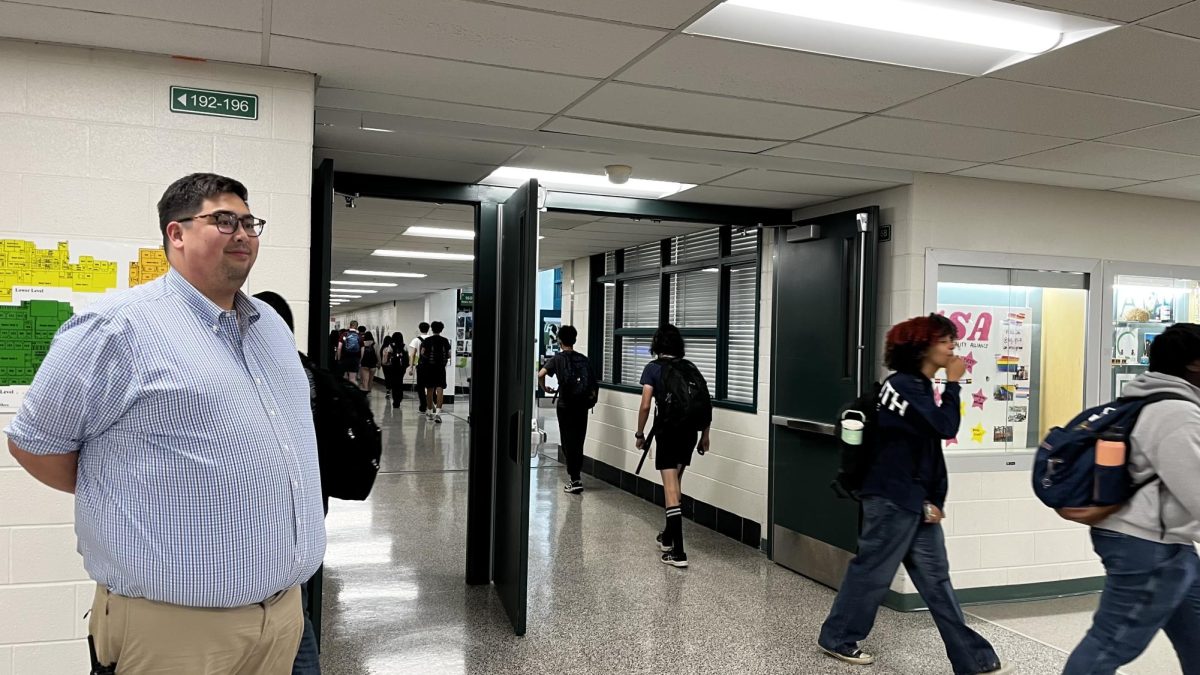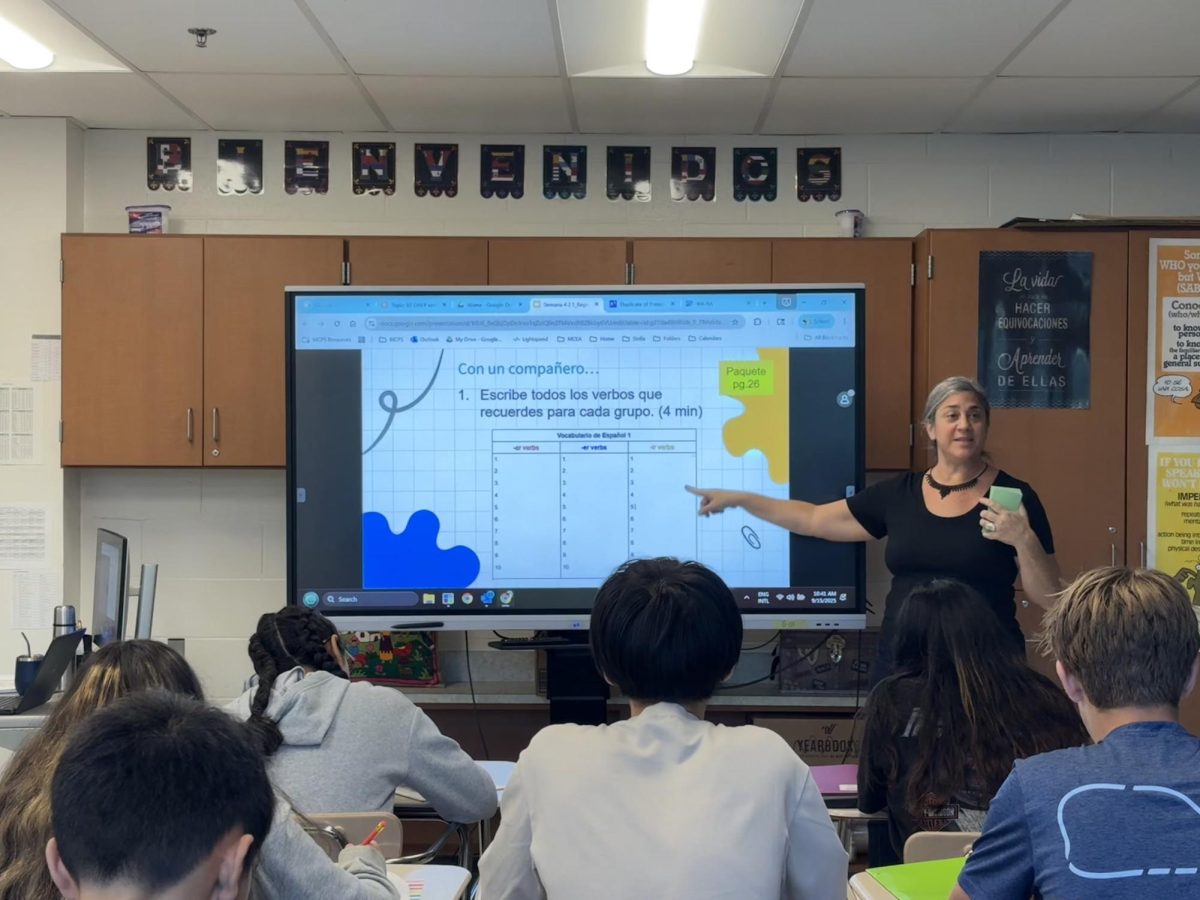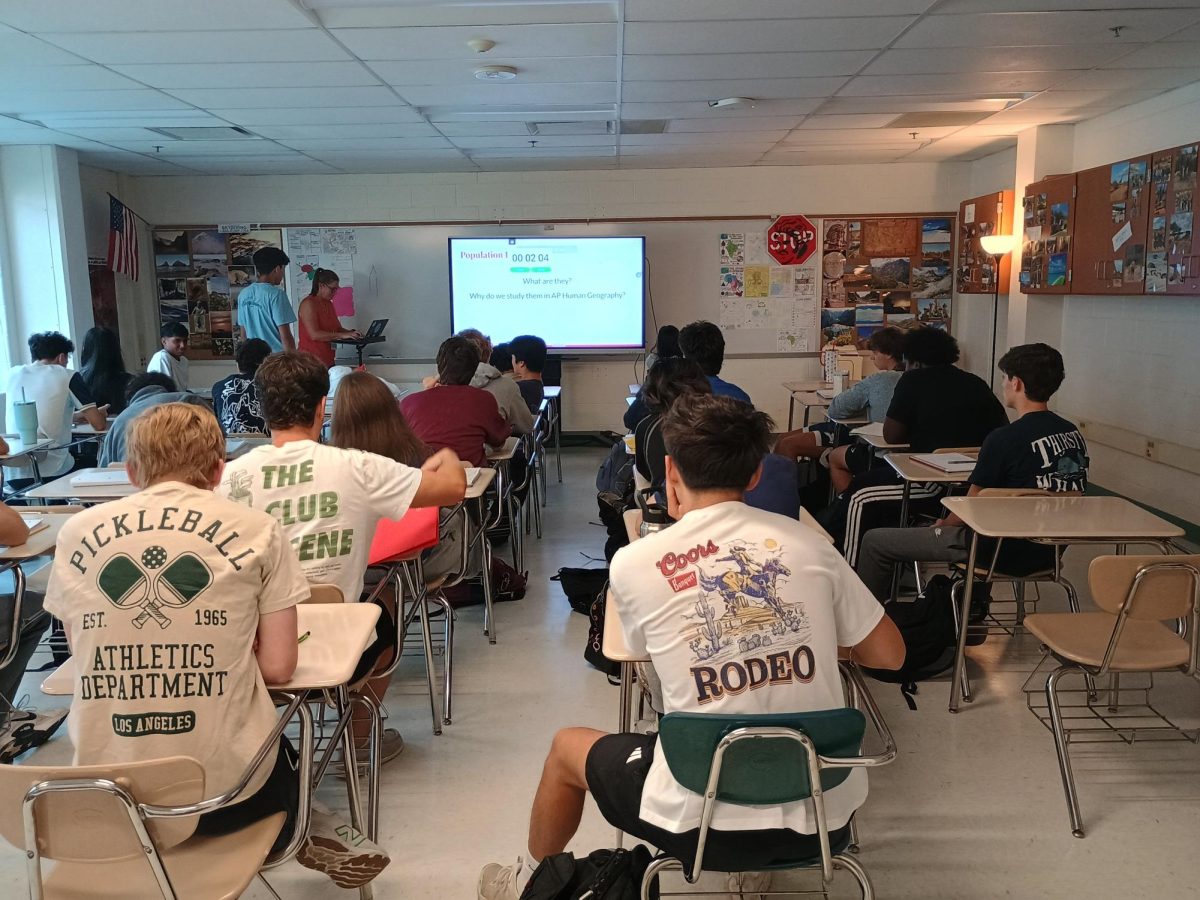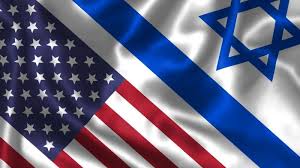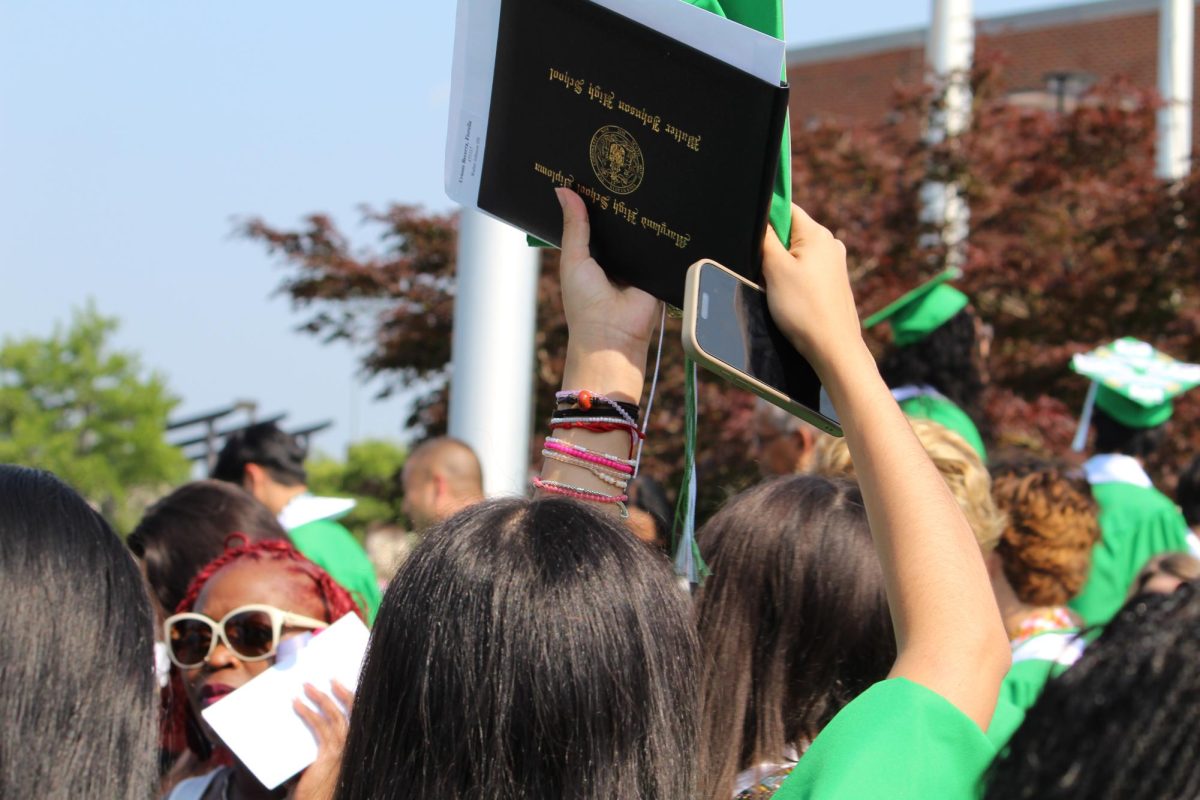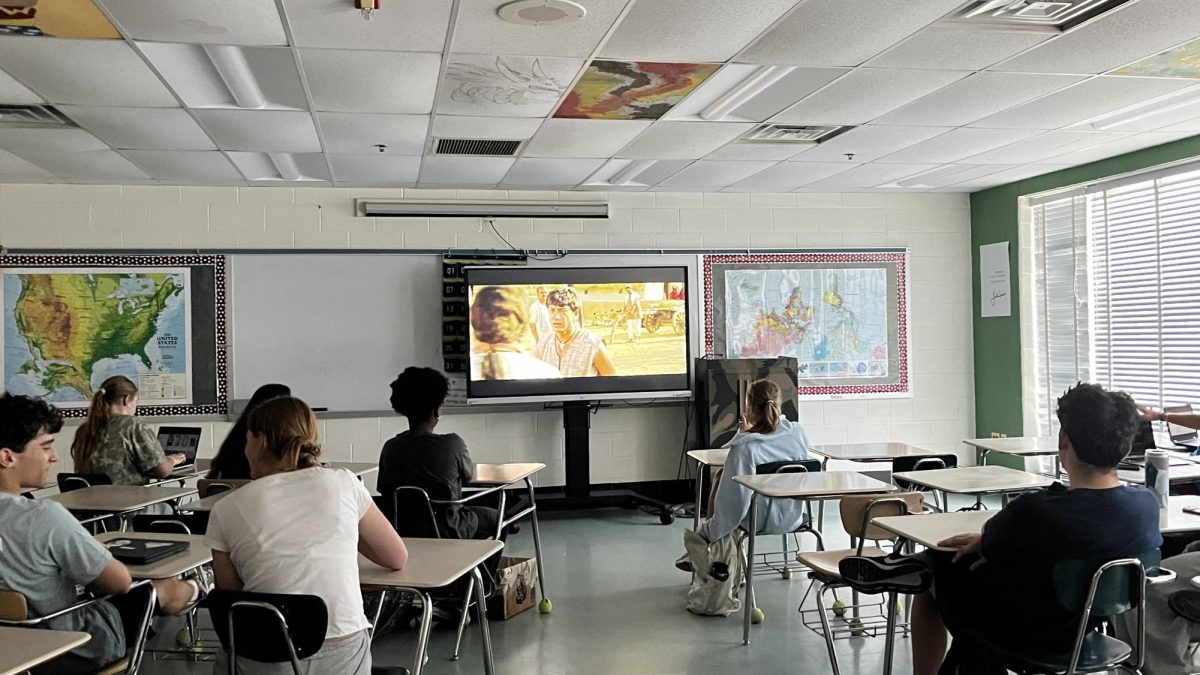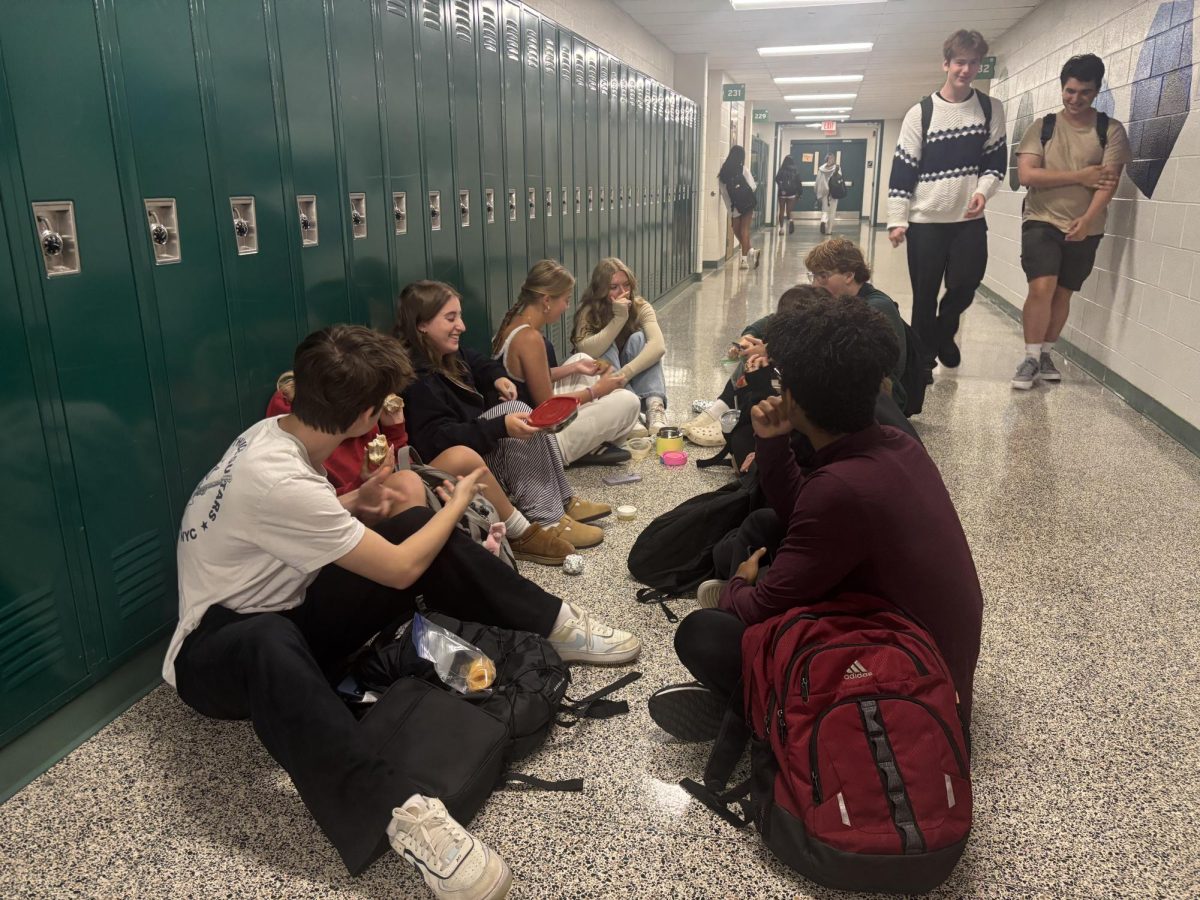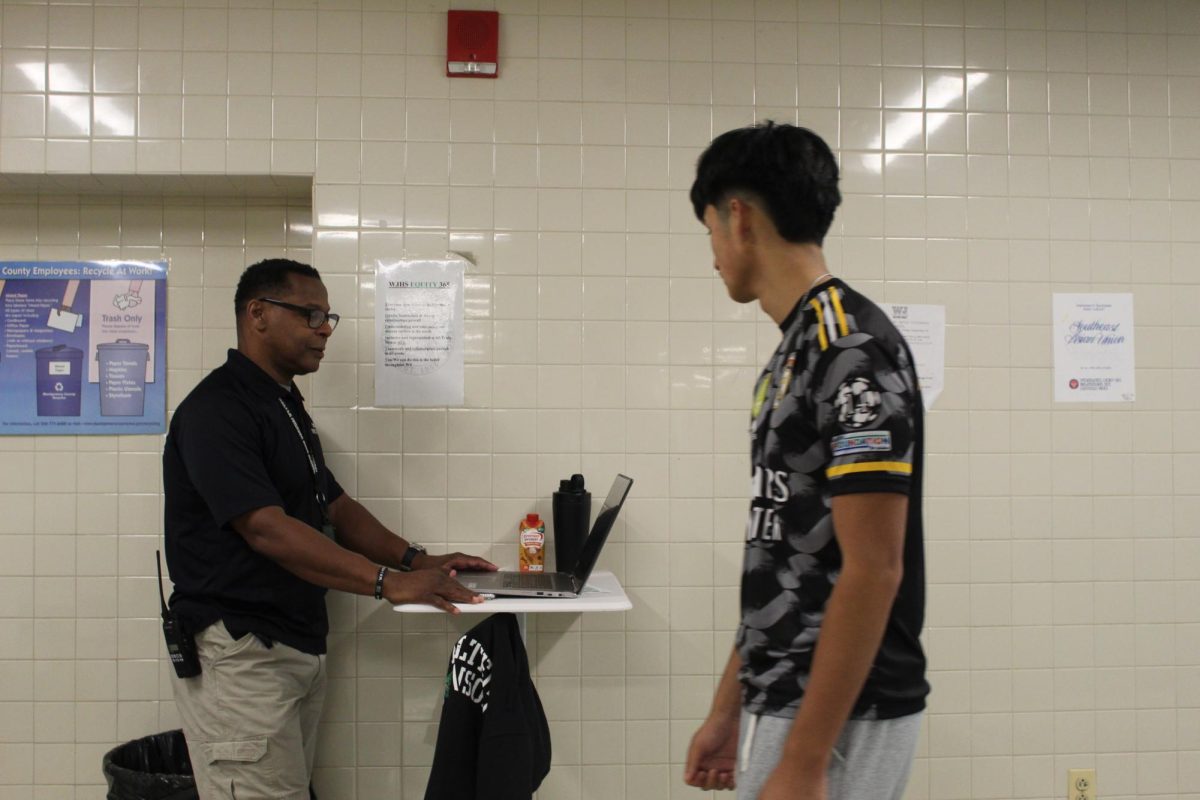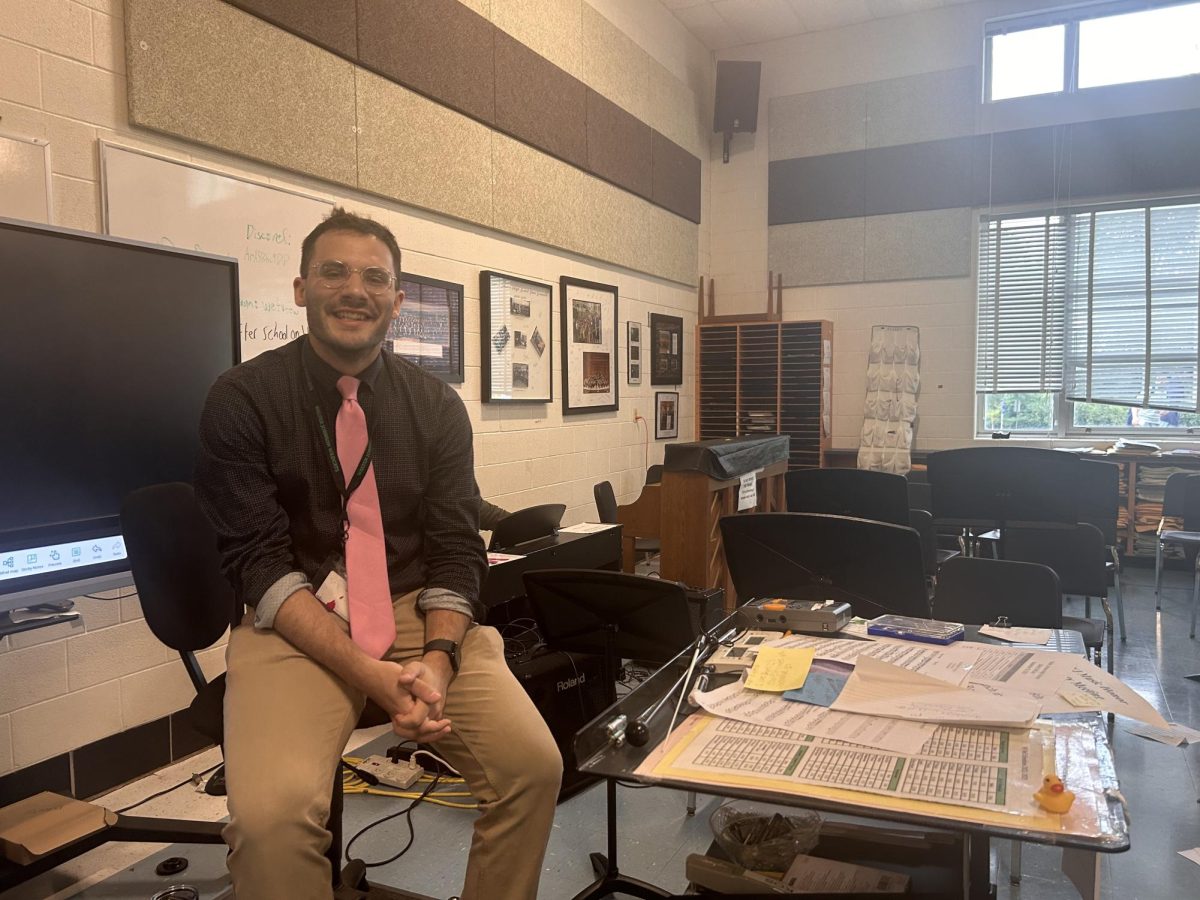Like all beautiful things in nature, cherry blossom trees are truly a gift for humanity. These ornamental plants, also called Sakura (桜), stand as potent figures for the ephemerality of human life and the celebration of Japanese culture. The Japanese value the sacred flora as after only two weeks, their blossoms begin to fall.
In March 1912, First Lady Helen Herron Taft planted the first two cherry trees alongside the wife of the Japanese ambassador, Viscountess Chinda. Mayor Yukio Ozaki of Tokyo donated 3,000 Sakura as a gift to represent the blossoming relationship between the two nations.
“We’ll never forget the roots of where this all started..where these trees came from and the symbol of peace and friendship they represent,” National Cherry Blossom Festival President Diana Mayhew said.
Each year since 1915, The United States and Japan have exchanged gifts including flowering dogwood trees in exchange.
For Japan, a country that takes aesthetics seriously, the admiration for the Sakura is seen with the highest regard.
The practice of Hanami, or flower-watching, has been practiced by the Japanese people since the eighth century. Citizens travel far and wide just to see the fragile flora’s petals “snow” on landscapes.
So, how did this Western nation learn to share such deep infatuation?
In 1935, the first official “Cherry Blossom Festival” after the union of several civic groups. Three years later in 1938 plans to cut down trees to clear space for the Jefferson Memorial prompted a group of four women to chain themselves. Eventually, a compromise to plant the trees around the South side of the Basin to frame the memorial.
On December 11, 1941, four trees were cut down in suspicion of the Japanese attack on Pearl Harbor. Although never confirmed, the National Park Services allegedly renamed the trees “Oriental cherry trees” until the end of the war.
After World War II, the Japanese gave away the somei-yoshino. The somei-yoshi, the most common cherry species, are paler than the authentic Sakura. Hence they are seen as cheaper and inauthentic in the eyes of the Japanese And were gifted to Allied countries as a peace offering.
“I think Sakura is a symbol of our country because it has a deep history and everyone knows where it comes from when they see that. It makes us recognize that spring is coming and makes us feel happy,” senior Karen Endo said.
With equal admiration alongside the help of the National Department of Agriculture and its civic groups, the festival was extended into a two-week occasion in 1994.
As of 2020, the two week period also welcomes a great number of activities such as the opening ceremony, Blossom Kite Festival and the National Parade on March 23, 30, and April 13, respectively.
“I always go to the Cherry Blossom festival year and I find it pretty cool. I like to see the geisha performances and enjoy good food and if permissible, good weather,” junior Sasha Gafurova said.
“There is not much I know about this event, but that should no longer be the case. I am glad to hear so many preparations are made leading up to this global celebration,” senior Elyana Furman said.
Thanks to the wider exposure of Japanese art and culture in the nineteenth century, audiences around the world have learned to appreciate the enlightening hallmark. The Festival will commence in D.C. on March 20 and will last until April 13, 2020.







